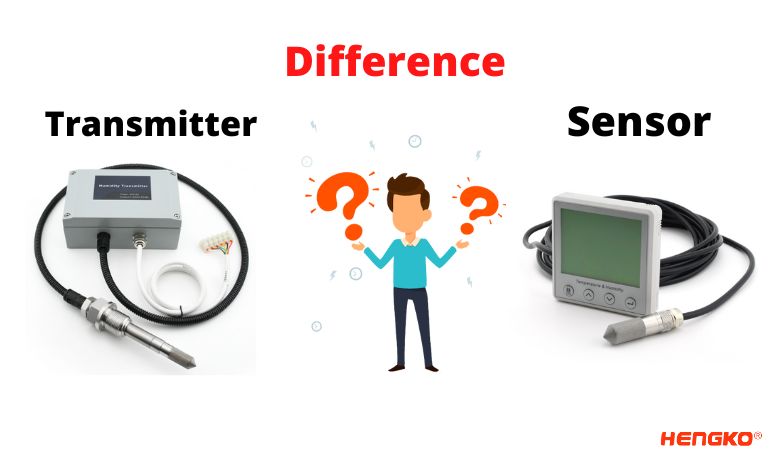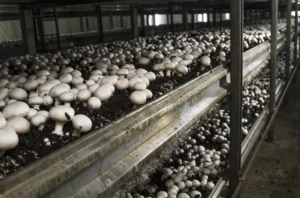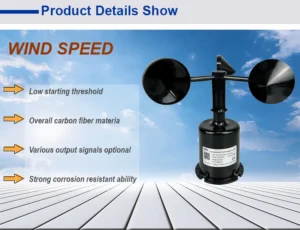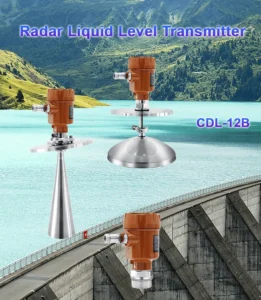The Difference Between a Sensor and a Transmitter
In the realm of automatic control and measurement, both sensors and transmitters are of crucial importance. They play important roles in how we collect and send data. People have developed the transmitter from the sensor.
They have linked the transmitter and the sensor. However, they have some key differences. Let’s look at their features and how they are different.
Sensor
Coda is a company that has made tools for tracking the environment and weather for more than ten years. They have seen many changes and improvements in sensor technology. A sensor is a device that turns physical signals into electrical signals. Engineers or designers mainly build it with sensitive parts, conversion parts, circuits, and power supplies.
The sensitive part is an important part of a sensor. It acts like a smart “scout” that finds changes in the environment. This includes changes in temperature, pressure, humidity, and light.
For example, in a temperature sensor, a thermistor is the sensitive part. Its resistance changes a lot with temperature changes. In a pressure sensor, a piezoresistive part changes its resistance when pressure is applied.
Transmitter
A transmitter is a device that changes non-standard electrical signals into standard ones. It has three main parts: a measurement part, an amplifier, and a feedback part. The measurement part accurately detects the input electrical signal that is not standard.
Engineers or designers need to endow it with high precision and stability to correctly capture the initial signal. The amplifier boosts the weak measurement signal. It raises the signal to a level that is good for processing. It is important to keep the signal clear during amplification to prevent distortion.
The feedback system always checks the output signal. It changes the transmitter’s internal settings to meet the needed standards. This feedback helps make the transmitter more accurate and reliable.
The Difference Between Sensor and Transmitter
Wiring System and Power Supply
Sensors have different wiring setups. These systems include two-wire, three-wire, and four-wire types. The kind of wiring system depends on the sensor and how it is used. Some sensors need extra power to work.
Some high-precision sensors have complex circuits. They need an outside power source to change and manage signals.
On the other hand, some sensors are passive and do not need outside power. These sensors make electrical signals based on the changes they sense. They do this without needing more energy.
The transmitter typically uses a two-wire system. In this system, the power supply and signal share the same wires. This makes wiring easier and lowers the system’s complexity.
It helps the transmitter perform better for long-distance signals. It does this by using the wiring resources well.
Signal
The signal from a sensor is often a strange electrical signal. Engineers design sensors to show the physical changes they find. Because of this, the electrical signals can change in strength, frequency, or other ways. This depends on the kind of sensor and what is being measured.
For example, a strain gauge sensor may show a small change in resistance. This change needs more processing to get a useful measurement. In contrast, the transmitter sends out a standard electrical signal.
Engineers and technicians often use standard electrical signals. These include 4 to 20 mA current signals and 0 to 10 V voltage signals in industrial control systems.
These standard signals are easy to connect with other control devices. This includes programmable logic controllers (PLCs) and data acquisition systems. They ensure that different parts of the control system work well together. This helps in integrating and managing the whole system.
conclusion
It is important to know the differences between sensors and transmitters. This knowledge helps you choose the right devices for various uses. These uses can include industrial automation, environmental monitoring, or smart home systems.
We can make better measurement and control systems by using special features of sensors and transmitters.













